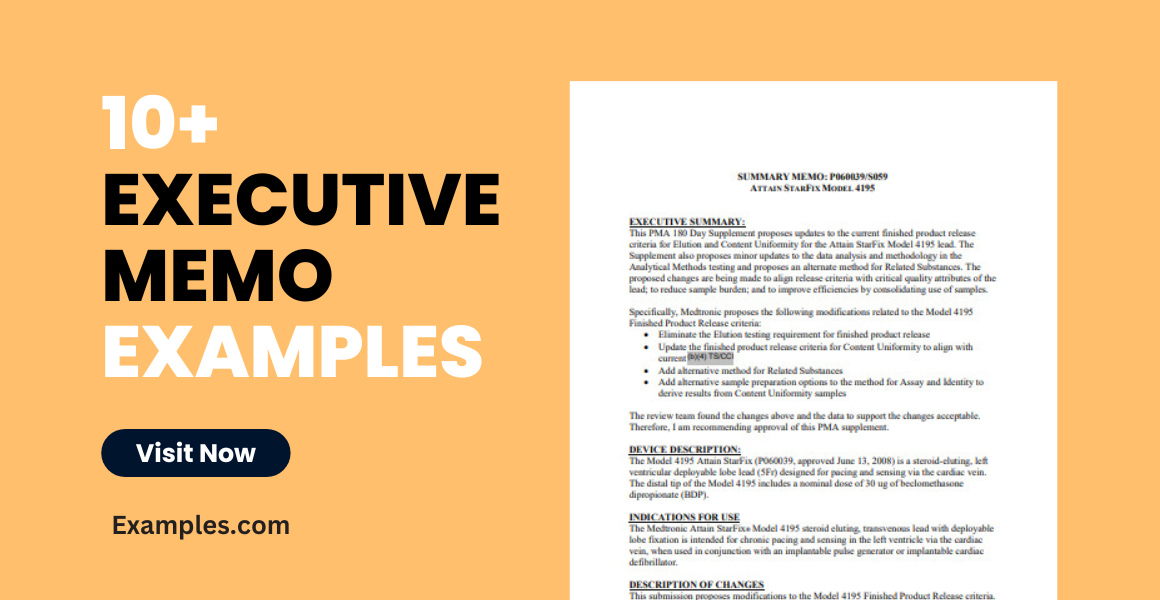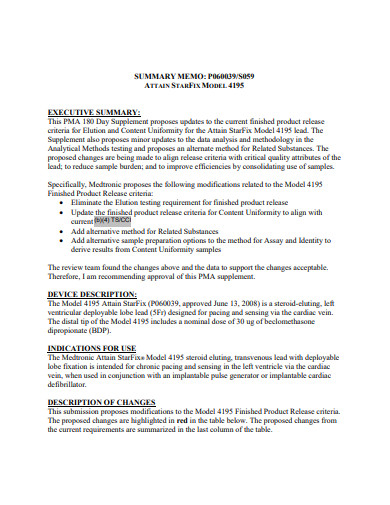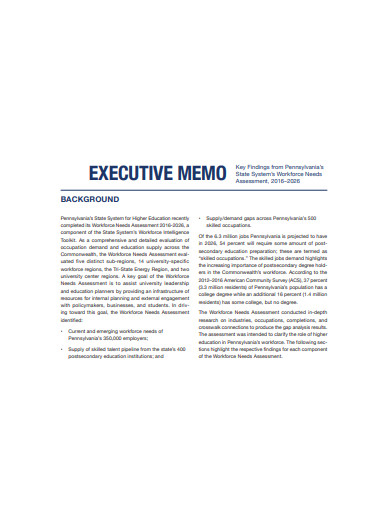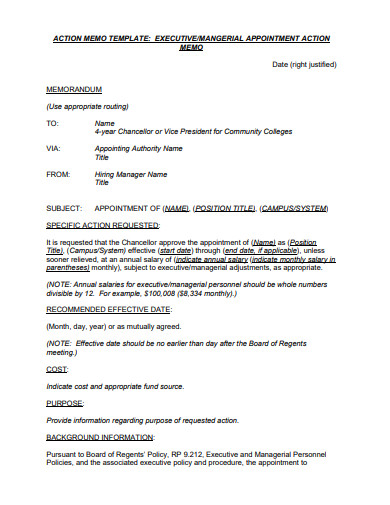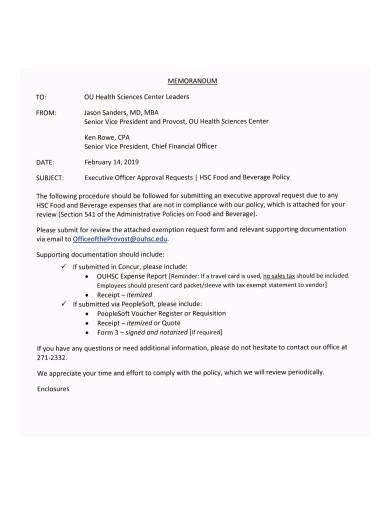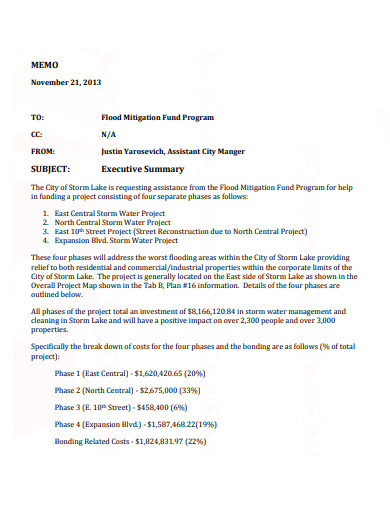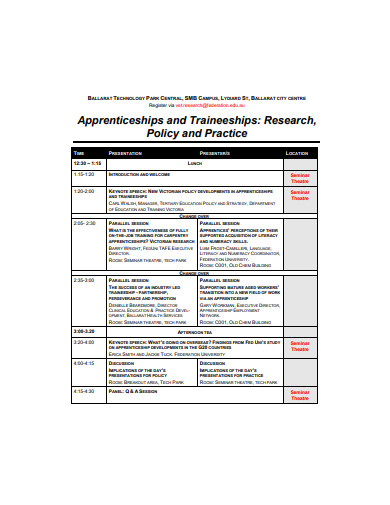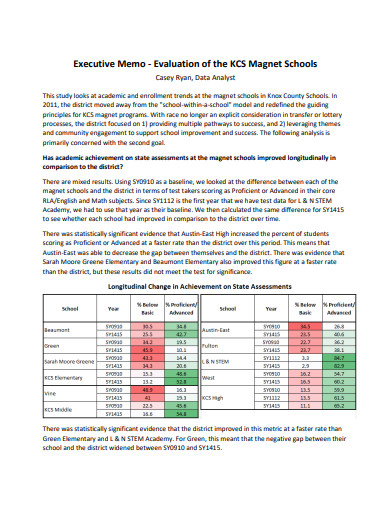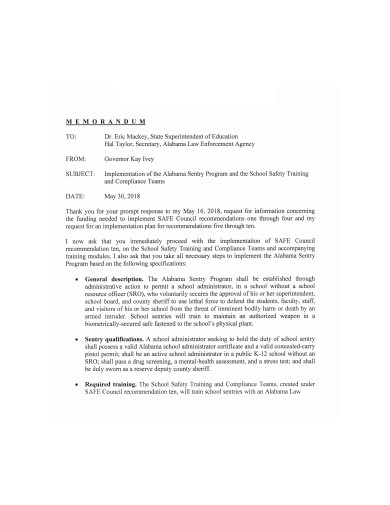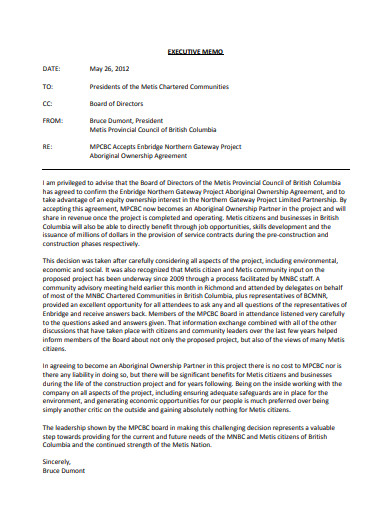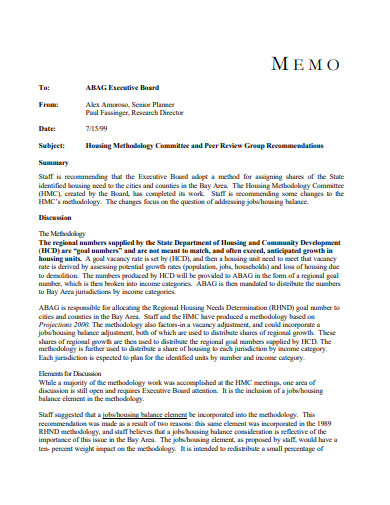10+ Executive Memo Examples to Download
In sending out notices and updates to your employees regarding your company policies and other important things, you can’t always send them three-page letters. Your employees are busy people. They may not have the time to read everything you wanted to convey to them through the letter. Hence, an executive memo exists. Executive memos are shorter and are easier to read. Don’t waste your time and effort in typing out long letters that people are most likely not going to read, learn how to use your energy in creating a practical executive memo efficiently.
What Is an Executive Memo?
An executive memo is a short-form document that functions to inform. Even if it is not as formal as a letter, it is easier to navigate. Employers use this short-form document to communicate procedures, policies, notices, requests, project updates, and other information within the company. The purpose of a memo is to convey important messages to the employees rather than one-on-one communication. This type of document also often include a call to action and an element of persuasion.
Don’t Rely on Grapevine Communication
Workplaces have their form of internal communication—the grapevine communication. It is an informal way of communicating wherein the dialogue between superiors and employees do not follow any rules or structure. Although this channel of communication has plenty of pros, it also has multiple cons. One of its drawbacks is the messages conveyed might transform and change as they get passed by from one tongue to another. That said, employers should not rely purely on grapevine communication. They should disseminate every vital information to their employees individually to avoid these situations from happening.
10+ Executive Memo Examples
1. Sample Executive Memo Template
2. Executive Summary Memo Format
3. Executive Memo Format
4. Executive Memo
5. Executive Approval Memo
6. Executive Summary Memo Example
7. Executive Memo Example
8. Sample Executive Memo
9. Executive Memo in PDF
10. Executive Board Memo
11. Sample Executive Board Memo
How to Write an Effectual Executive Memo
Although executive memos are less formal than a letter, it doesn’t mean that they should be written with less intent and commitment. These notes are written to inform, and everything with that purpose should be taken seriously. In writing a memo, there are formats one should follow and a lot of aspects to consider. To write an effective memo that would compel people to read, follow these steps.
1. Introduce the Main Point
Before starting to write the business memo, think about your main point first. What is the most important information you want to get across? Memos often provide a problem and a solution. If that is the purpose of your memo, your readers should have a gist on both the problem and the solution in the main point of the document. The supporting details should follow your main point and not the other way around.
2. Maintain a Formal Tone
Your tone and style will depend on the recipient of the memo. If you are writing a memo to make an announcement to the employees, it should be in a formal tone. In devising the document, you should stay direct and polite. As the writer, bear in mind that you are speaking on the company’s behalf, so you must avoid using any negative language. Also, don’t forget to use a professional writing style. Doing so would help improve your credibility.
3. Write a Proper Heading
The heading would serve as an outline of your memo. This will enable the employees to swiftly grasp the major topics and help them discover where to find them. Most headings follow the same format. The first line of your heading should consist of the date, then the addressee and their job title, followed by the names of other people who received a copy, then the name of the writer, and the subject line for the last line.
4. Create a Concise Subject Line
Your subject line should be specific to avoid your readers from misunderstanding the purpose of your memorandum. These few words should be able to tell your readers what they are going to read about and what should they do about it. The subject line should also match the context of your memo, or else the employee would be confused with what message you are trying to convey.
5. Provide a Clear Summary
Executive memorandums are supposed to be short, but there are instances that a simple memo can be more than one page. In those instances, a summary should be present. Your summary should be able to provide a preview of the main arguments and facts in your memo. It should also have an overview of the content and the purpose of the document. Remember to keep it brief and avoid repeating detailed information unnecessarily.
What is the right formatting for a memo?
Most memos follow the same format. An executive memo should consist of these parts in this order: (1) the heading, which is the outline of the memo, (2) the opening, which should touch the context and suggested tasks, (3) the purpose and summary if necessary, (4) the discussion paragraph or list, and (5) the cordial closing.
Do I need to sign a memo?
Memorandums don’t usually include a signature. However, some managers attach their initials after their name in the heading. Whether you need to put your initials or not depends on the purpose of the memo. Some memos tend to discuss more sensitive topics than others. If the memo is sensitive, the writer may attach his or her initials in it to add validity.
What are the differences between a letter and a memo?
The terms letter and memorandum often get interchanged by most people, but the differences between these two are very recognizable. For starters, letters are much longer and more formal than memos. Another difference between these two is that a memo is concise and straightforward, while a business letter is not.
Memos are an integral part of the busy business world. Messages and announcements easily get misinterpreted by people. In these situations, sending out memos is essential. This specific document should accommodate all kinds of readers; thus, you should structure and write it effectively. If your memo ends up being effective, it will be a momentous and memorable memorandum.


